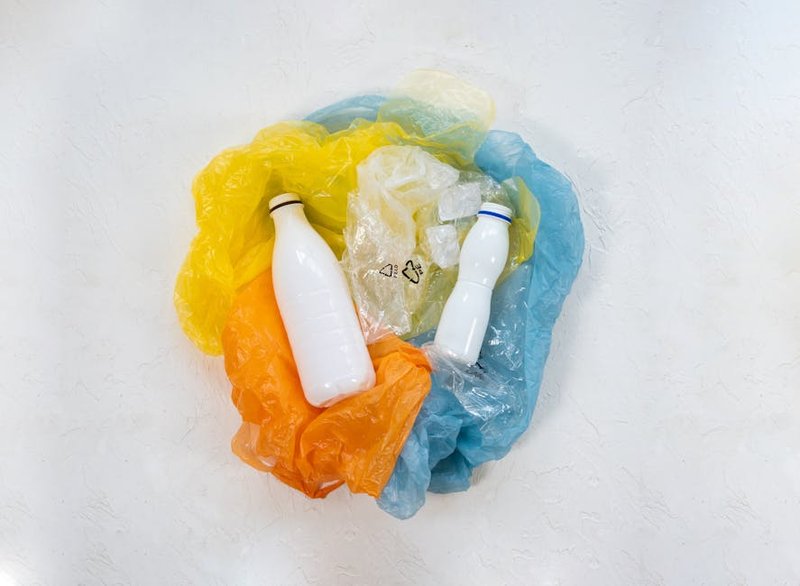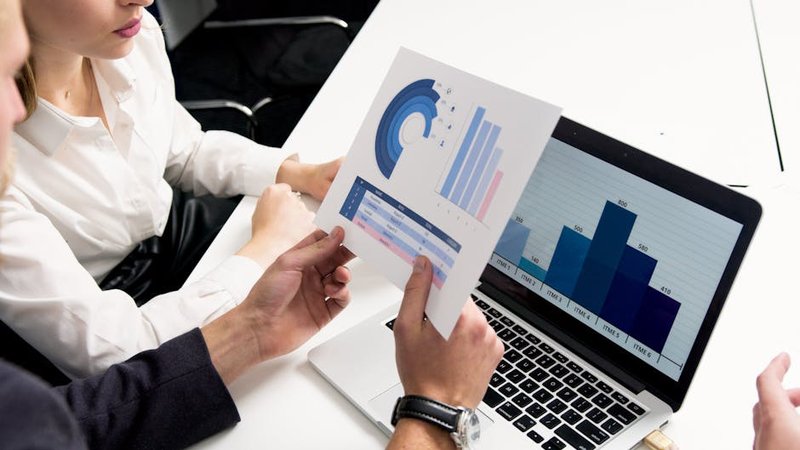¡Hola amigos! José here, coming to you from my little urban garden in South Fulton where I’m watching my heirloom tomatoes finally take shape. Between watering my plants with collected rainwater this morning, I’ve been thinking about how sustainability intersects with community safety.
Today, I want to share something that touches my heart both as an environmentalist and as someone whose tío Miguel lives with early-stage Alzheimer’s. The recent launch of Project Lifesaver in South Fulton represents exactly the kind of technology implementation I believe in—one that serves humanitarian needs while maintaining a light environmental footprint.
Lifesaver – Smart Technology with Minimal Environmental Impact
What excites me most about Project Lifesaver is how it elegantly solves a critical safety challenge without creating another environmental problem. Unlike many modern technologies that require constant replacement and generate e-waste, this program utilizes lightweight radio frequency transmitters that are durable and designed for long-term use.
The transmitters worn as bracelets or anklets by participants emit low-power radio signals—consuming far less energy than GPS alternatives while offering greater reliability in areas where GPS signals struggle, like inside buildings or dense woodland areas.

This reminds me of the principle I always share in my workshops—the most sustainable solution is often the simplest one that does the job effectively. Project Lifesaver demonstrates this perfectly by choosing radio frequency technology over more complex, resource-intensive alternatives.
Lifesaver – Community Safety Without Environmental Sacrifice
As many of you know from my previous posts, I’m passionate about technologies that serve human needs without demanding excessive resources. With Project Lifesaver’s impressive 100% success rate and average search times under 30 minutes, this program delivers remarkable efficiency.
Consider the environmental impact of traditional search operations for a missing person:
– Multiple vehicles burning fossil fuels
– Helicopter searches with significant carbon emissions
– Dozens or hundreds of people traversing natural areas
– Printed materials for search coordination
By dramatically reducing search times, Project Lifesaver cuts all these environmental impacts. When my neighbor’s son with autism wandered off last year, the search involved five police cars, dozens of neighbors in their vehicles, and lasted nearly four hours. Imagine the reduced carbon footprint if that search had been completed in 30 minutes!
Sustainable Training and Education
Another aspect I appreciate about this program is its emphasis on comprehensive training and education. Officers receive specialized instruction not just on operating equipment but on effective communication with individuals with cognitive conditions.
This reminds me of what I always say about sustainable living—it’s not just about using eco-friendly products but about developing sustainable practices and knowledge that become part of our daily habits.
The training program creates a legacy of knowledge that spreads through departments and communities, building a more compassionate and effective response system that will serve for generations. This knowledge-based approach represents sustainability in action—creating lasting value without continuous consumption.
Balancing Technology and Human Connection
One thing that gives me esperanza (hope) is seeing technology used to strengthen community bonds rather than replace them. Project Lifesaver doesn’t eliminate the need for human caregiving—it enhances it by providing a safety net.
I’ve seen too many “smart” solutions that attempt to substitute technology for human connection. My grandmother in Puerto Rico used to say, “La tecnología sin corazón no sirve para nada” (Technology without heart serves no purpose). Project Lifesaver gets this balance right.
The program works because it combines:
– Appropriate technology (radio transmitters)
– Human expertise (trained officers)
– Community involvement (caregiver participation)
– Ongoing support systems
Adapting Lessons for Home Sustainability
Now, how can we apply these principles in our own eco-friendly practices at home? I see several valuable lessons:
-
Choose appropriate technology: Just as Project Lifesaver uses radio frequency instead of more complex GPS, consider whether simpler solutions might work better for your needs with less environmental impact.
-
Value durability: The transmitters are designed for long-term use rather than frequent replacement. Apply this principle when selecting products for your home.
-
Emphasize knowledge over consumption: The program’s success relies heavily on training and knowledge rather than constantly upgrading equipment. Invest in learning sustainable skills rather than just buying green products.
-
Community connection matters: The program works because it connects caregivers, law enforcement, and participants in a community safety net. Our environmental solutions similarly need community engagement to succeed.

Looking Forward: Expanding Sustainable Safety
What excites me about initiatives like Project Lifesaver is their potential for expansion without proportional growth in resource consumption. As South Fulton plans to enroll 15 children and 15 adults initially, the program can grow to serve more residents without requiring significantly more materials or energy.
This scalability represents another key principle of sustainability that I promote in my workshops—solutions should be able to grow in impact without corresponding growth in resource demands.
My hope is that other communities will adopt similar approaches, not just for safety programs but across all municipal services. Imagine if our waste management, transportation systems, and energy infrastructure all applied these principles of appropriate technology, durability, knowledge-sharing, and community connection!
Personal Reflections
Since my tío Miguel’s diagnosis three years ago, my family has worried constantly about his tendency to wander, especially during his increasingly confused evenings. Programs like this would give us tremendous peace of mind while allowing him to maintain some independence with dignity.
This is why sustainability matters to me—it’s not an abstract environmental concept but a practical approach to meeting human needs while preserving our planet. When we design systems that effectively serve vulnerable people while treading lightly on the Earth, we create the kind of future I believe in.
Last weekend, while setting up my new compost system (made from reclaimed wooden pallets, of course!), I was thinking about how all our sustainability efforts should ultimately serve to create more caring, connected communities. Technology like Project Lifesaver shows exactly how this can work.
So amigos, as you go about your day, consider how the principles from this community safety program might apply to your own sustainability journey. Are you choosing appropriate technologies? Investing in knowledge and skills? Building community connections? Focusing on durable solutions?
Remember, as I always say—the Earth sustains us, and in turn, we must find ways to sustain each other. ¡Hasta la próxima vez, mis amigos verdes!



